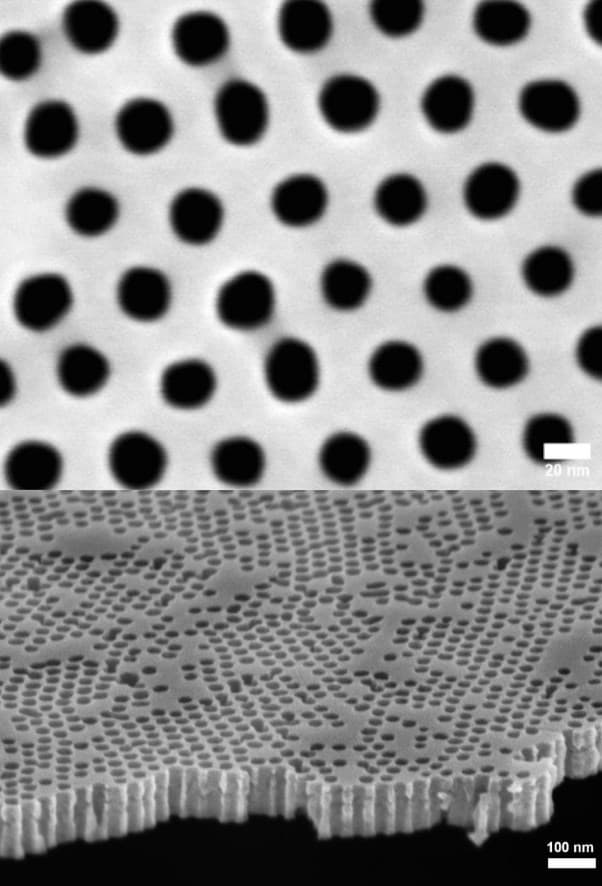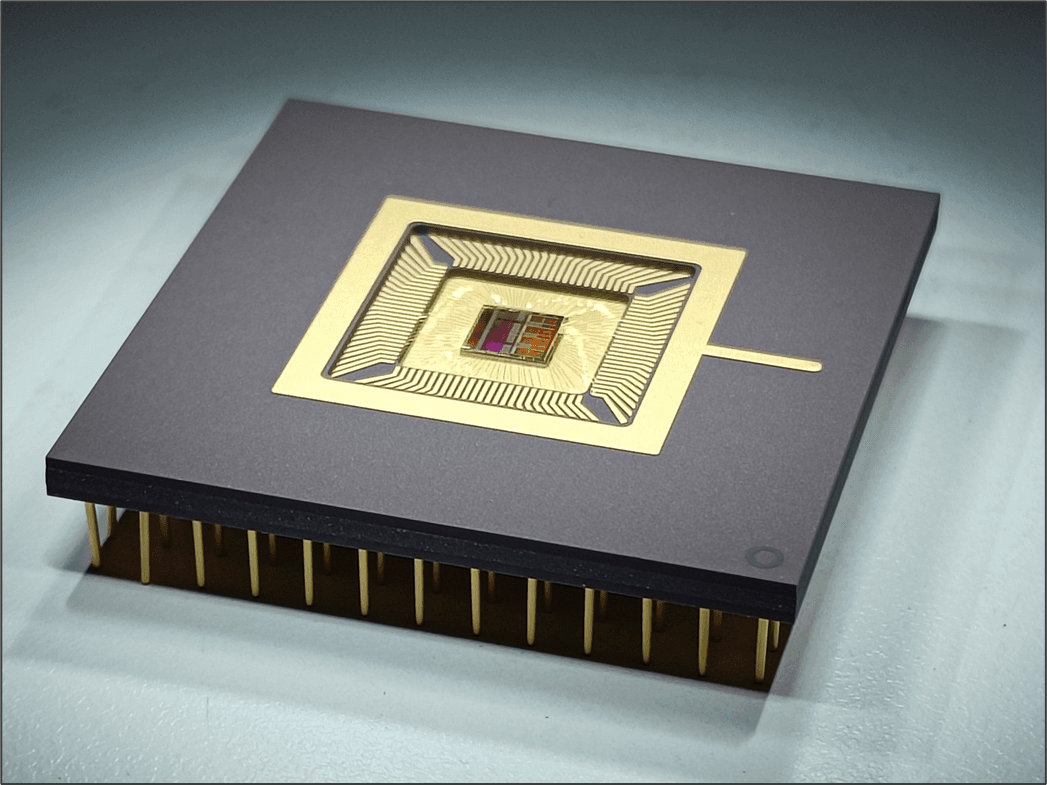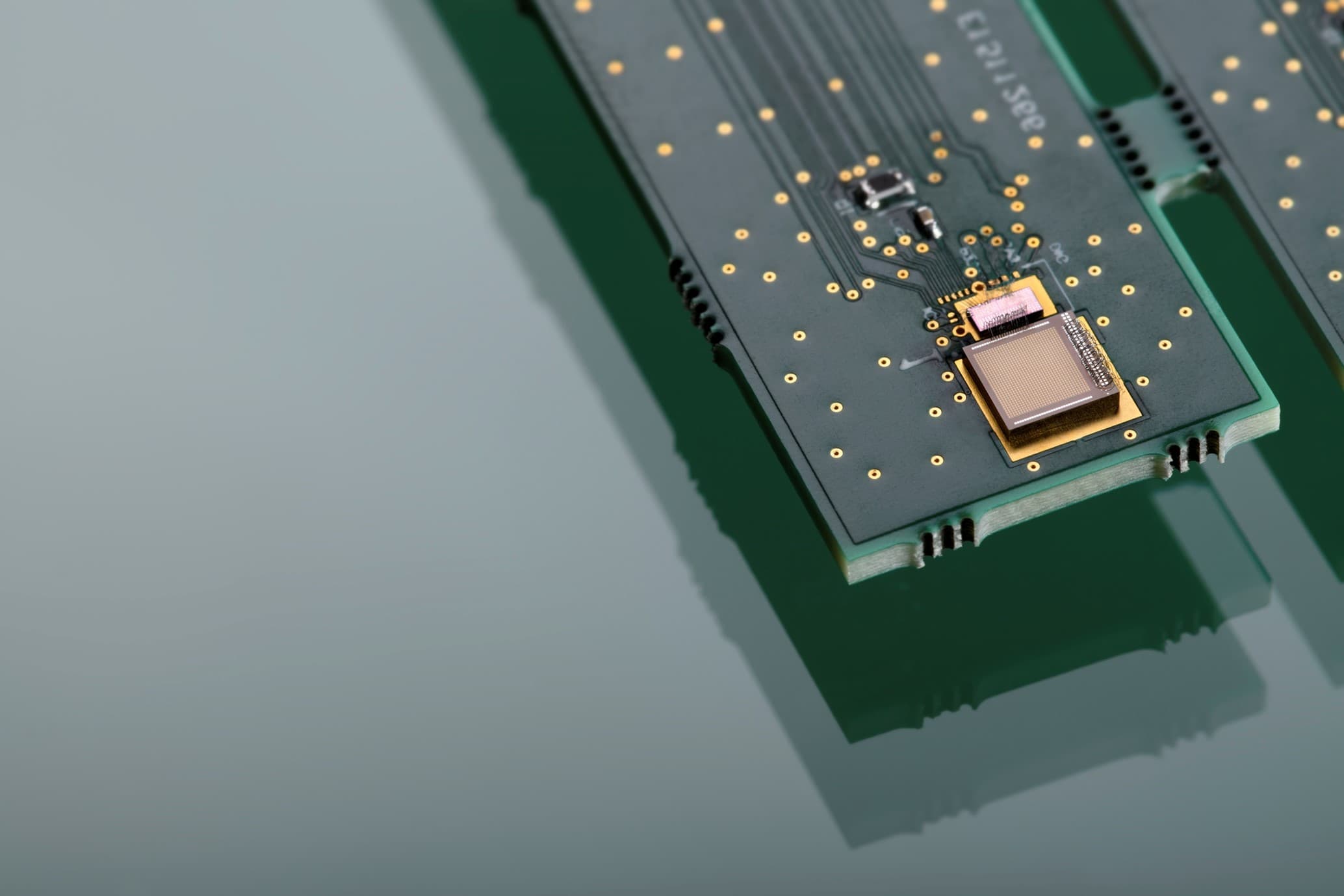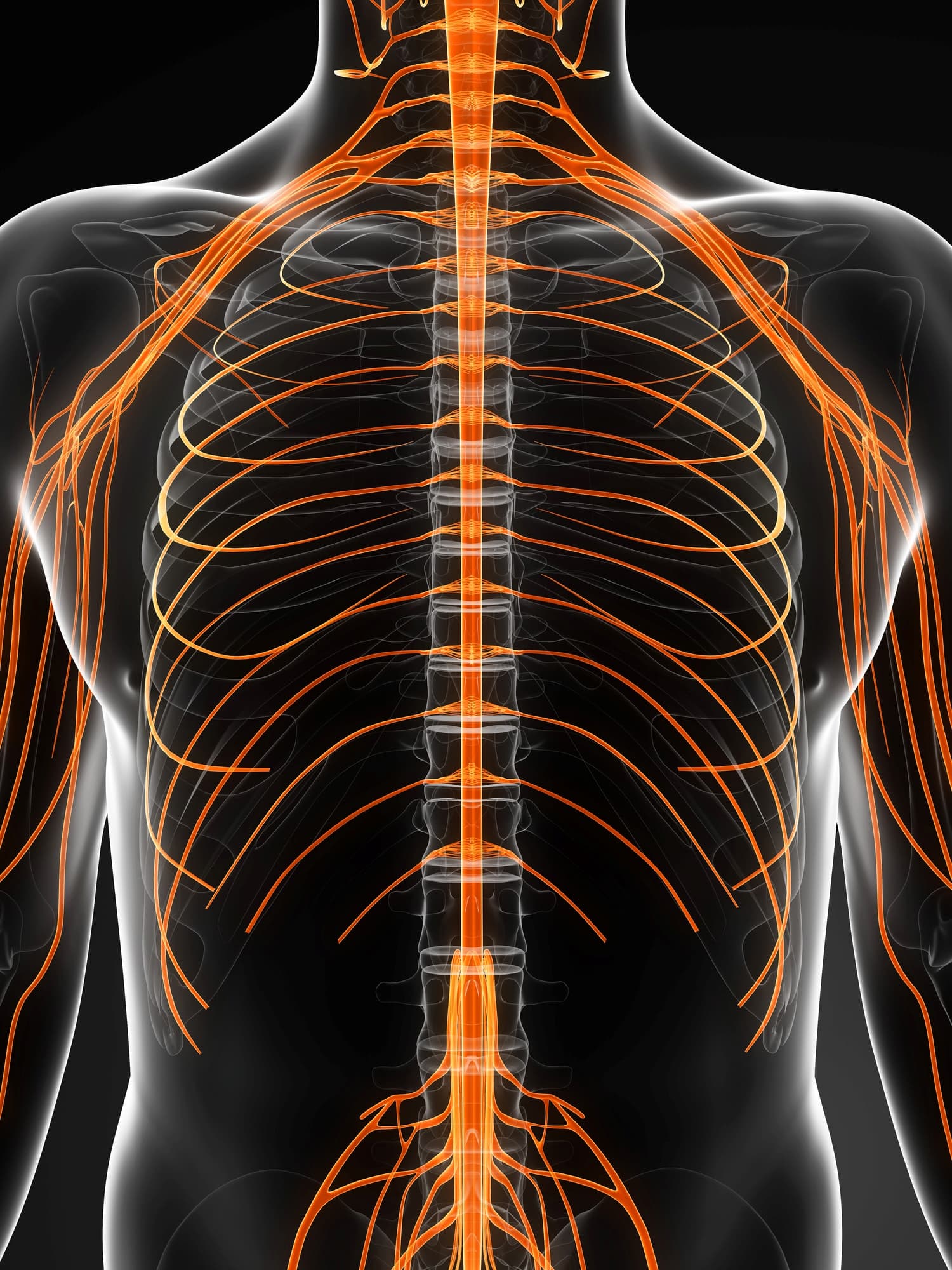
New dialysis approaches using microelectronics & nanotechnology
After over 50 years of near-standstill, renal medicine is ready for major technological leaps. With microelectronics & nanotechnology as powerful ingredients.
Around 10 percent of the world’s population has some form of Chronic Kidney Disease (CKD). Most often, this goes unnoticed in the early stages. When the affliction becomes more severe, a patient may reach what is called end-stage kidney disease or ESKD. The present renal replacement therapies for ESKD are dialysis and/or a kidney transplant.
Chronic dialysis patients must schedule their life around their therapy. Unfortunately, current dialysis technologies:
- Cost a lot of money – while the average survival on dialysis is limited to about 5 to 6 years.
- Need a developed infrastructure – with reliable electricity and superior-quality drinking water.
- Take a lot of time – the patient being tied to a dialysis machine or infusion set.
- Make for exhausting treatments that cause collateral damage and accelerated aging.
- Restrict the freedom to work and travel.
- Require a strict diet and severely limit the allowed drinking volume between treatments – making patients constantly thirsty.
It’s no wonder that millions of people are yearning for new solutions that enhance their quality of life. Moreover, the International Society for Nephrology (ISN) and the WHO estimate that about 75% of people who need a kidney transplant or dialysis don’t even have access to the existing means of therapy.
Lower costs, higher portability and better functionality are all needed. A bio-hybrid or fully implantable artificial kidney would be a ground-breaking alternative to renal replacement therapies.
Challenges for renal dialysis technology
The artificial kidney was one of the most exciting medical advances in the first decades after the Second World War. But since then, renal dialysis technology has barely changed. What are the reasons for this standstill in innovation?
- technical – Kidney functions are overly complex. Without sufficient transplant kidneys, they can only be replaced by a personalized and integrated combination of advanced technological solutions.
- economical – Innovators face a long time to market, whereas reimbursement is only granted locally. And they must obtain market access before any negotiation on reimbursement can even start.
- regulatory – To obtain market access, new technologies must fulfill strict governmental regulations and standards on safety and essential performance. Innovators are often unfamiliar with these topics. This makes investment risks high. Imec cooperates with international regulatory agencies to find ways to innovate upon regulations.
The answer to these challenges lies in increased cooperation to actively stimulate innovation. This is why the Kidney Health Initiative (KHI) – a public-private partnership that unites patients, health professionals, research organizations and industry – developed an international innovation roadmap for new approaches to renal replacement therapy (RRT).
Imec is a KHI member and is involved in the ongoing actualization of this roadmap by sharing its decades of experience in technology road mapping within semiconductor technology with the renal community.

Some of the core members from the KHI roadmap team. From left to right: Richard Fissel (kidney patient, KHI board member), Prabir Roy-Chaudhury (nephrologist, ASN), Murray Sheldon (associate director for Technology and Innovation FDA), Carolyn Neuland (manager Renal Devices FDA), Fokko Wieringa (imec the Netherlands & technology advisor to the Dutch Kidney Foundation), Frank Hurst (nephrologist, Renal Devices FDA) and Melissa West (director KHI).
Added value of microelectronics & nanotechnology for renal dialysis
While the developments in renal replacement technology slowed down, the semiconductor industry boomed. Electronic devices have become cheaper, smaller and more powerful – up to the point where we all have a computer in our pockets.
This reduction in price and size of electronics also led to the development of connected health solutions: wearable, ingestible or implantable devices that:
- collect reliable data
- process and analyze that data to yield actionable insights
- act on that information
It’s evident that such technologies offer significant benefits to renal care. For instance, unobtrusive wearable devices can collect longitudinal multiparameter data to facilitate earlier diagnosis and help adhere to a healthier lifestyle.
Towards an implantable artificial kidney
At imec, we envision developing a fully implantable artificial kidney. It would run on normal blood pressure, requiring no external pumps – just like a natural kidney. The bioartificial kidney would have:
- on-board sensors to detect the onset of problems in real time
- on-board actuators to perform corrective action
- wireless charging
Such an implantable solution would provide the patients with more physiological and continuous therapy. This is opposed to present therapies where patients have restricted freedom regarding lifestyle, diet and movement.
One of the key components we’re currently working on is a high-selectivity filter, which can efficiently filter and purify blood. Using imec’s state-of-the-art cleanroom fabrication technologies, we design and develop nanoporous hemofilters for artificial kidneys.

Scanning electron micrographs of 20nm silicon nanopore membranes fabricated using direct self-assembly technology. The top image is a top view showing the mono-disperse pores in silicon. The bottom image is a cross-section of one such suspended nanoporous membrane.
Want to join our research into new renal dialysis technologies?
Click the button below to set up a meeting.



















